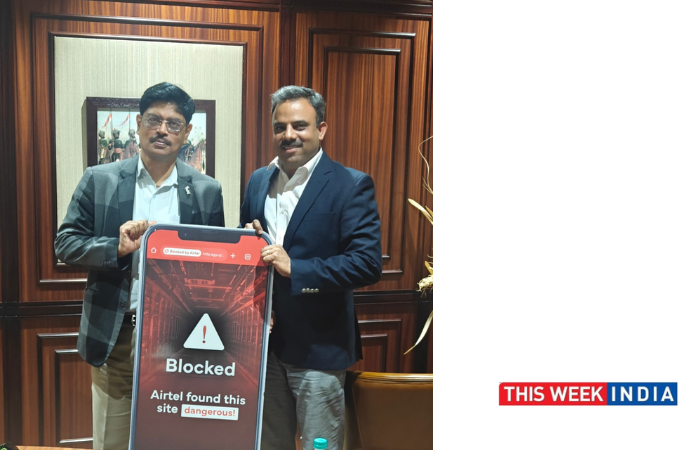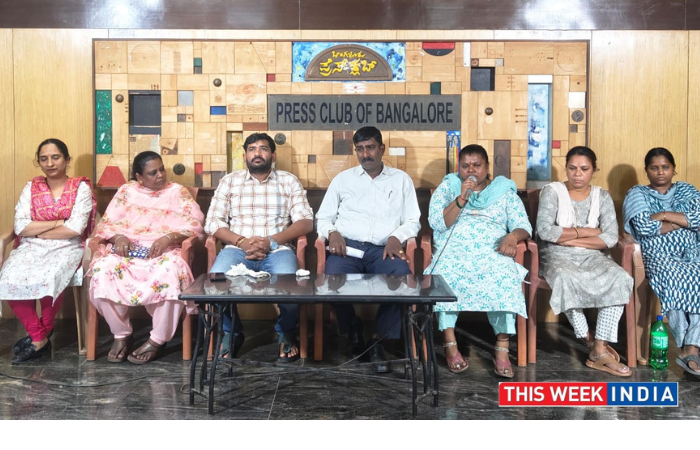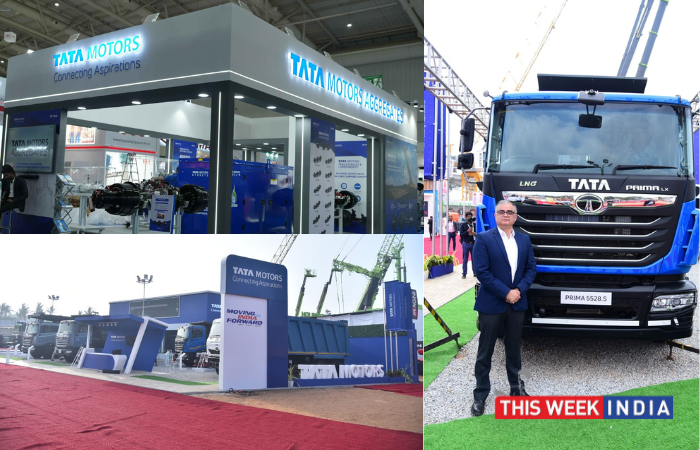- Bengaluru needs an additional length of more than 600 kms of storm water infrastructure
- Remodelling and expansion of city’s stormwater infrastructure to cost approximately Rs 2800
- Nature-based solutions such as ‘sponge city’ as a probable option to control urban flooding.
Bengaluru, May 31, 2023: Knight Frank India, a leading international property consultancy, in its latest report highlights the rising population in Bengaluru, changing topography, and its impact on the drainage system. Bengaluru’s population has more than doubled in the past two decades, and it is likely to reach 18 mn in the next decade. Thus, it becomes doubly necessary for the real estate and infrastructure to be adequately developed to be able to absorb the population influx. However, due to population growth, the land use dynamics of the city has significantly changed. The share of the built-up area of the Bengaluru has increased from 37.4% in 2002 to 93.3% in 2020.
As a result of rapid and unplanned development, the infrastructure supporting the natural ecosystem of Bengaluru, especially the stormwater drainage system, has come under severe stress. Primarily, the interconnection between the water bodies such as lakes and stormwater drains have been severely affected causing recurrent floods in the event of heavy rainfall.
Shishir Baijal- Chairman & Managing Director, Knight Frank India said, “The report aptly highlights the importance of strengthening Bengaluru’s infrastructure, particularly the stormwater drains, to accommodate the city’s rapid growth and avoid flooding incidents. Developing a comprehensive stormwater master plan and adopting alternative flood control techniques are crucial steps towards achieving this goal. This report is a strategic document that outlines the current condition of the stormwater drainage system and proposes improvements and expansion to meet the growing needs of the city. It takes into cognizance factors such as population growth, urbanization, and climate change to design a resilient and effective stormwater management system. The master plan should be developed with the involvement of experts, urban planners, environmentalists, and stakeholders to ensure its effectiveness and feasibility. In addition to the master plan, adopting alternate flood controlling techniques can enhance the city’s ability to manage stormwater effectively. By implementing these measures and integrating them into the stormwater master plan, Bengaluru can mitigate the risk of flooding, minimize social and economic losses, and ensure sustainable development in the city. It is essential to prioritize investment in infrastructure alongside the city’s economic growth to create a harmonious and resilient urban environment.”
The need to remodel storm water infra in Bengaluru
Bengaluru being the key engine of Karnataka’s as well as the country’s economic growth, will continue to be one of the fastest-growing cities. The population of the city is expected to reach 18 mn by 2031. To complement the population growth and accommodate the same, the real estate and infrastructure in the city will also continue to develop. The real estate sector has had a significant multiplier effect on Bengaluru’s economy. Bengaluru’s real estate development comprises about 213 mn sq ft of Grade A office space which has generated nearly 1.7 mn white-collar jobs predominantly by the IT/ITES sector since 2008. Each of these jobs has the capacity to generate nearly eight indirect jobs in the economy. The multiplier impact of the city’s employment boosts consumer demand, creating demand for real estate, social infrastructure, and transport infrastructure. Thus, real estate and infrastructure development is inevitable for Bengaluru’s economic growth. The city’s GDP increased from USD 16 bn in FY05 to USD 97 bn in FY23. On par with the national average, the real sector contributes an estimated 7% to the city’s economic growth.
Additionally, taxes collected from real estate development such as property tax is one of the key revenue sources for the Urban Local Body. During FY23, BBMP is estimated to have collected Rs 3,107 Cr (USD 388 mn) as revenue from property tax collection. Thus, real estate is one of the key contributors to the city’s improving economic profile. India’s real estate sector is poised to grow significantly and is expected to reach USD 1 trillion by 2030. Bengaluru being one of the fastest-growing cities, its real estate sector would also grow in tandem. However, for long-term sustenance, a focus on the sustainable growth of the city is of prime importance. There needs to be a greater emphasis on the cohesive development of real estate and strengthening of the support infrastructure without causing further damage to the ecosystem of Bengaluru. The unplanned development damages the city’s stormwater infrastructure which in turn leads to flooding of the area during instances of heavy rainfall. Such instances are very prominent in growing cities. With the support of Urban Local Bodies (ULBs) some Indian cities such as Mumbai and Chennai have initiated active measures to build and strengthen stormwater infrastructure to support their respective real estate and infrastructure growth and withstand events of excessive rainfall.
Financing the urban infra
The traditional paradigm of financing urban infrastructure consists of internal accruals of the ULB and loans and grants from the state government. The restoration and construction of Bengaluru’s stormwater infrastructure are of prime importance to avoid social and economic losses which could arise due to recurring events of urban flooding. Currently, Bengaluru has 842 kms of primary and secondary drain. To complement the spatial expansion, the city broadly requires an addition of approximately 658 kms of primary and secondary drains. As per Knight Frank estimates, the capex requirement for construction of new drains in addition to rejuvenation of existing drains is estimated to be Rs 2800 Cr (USD 350 mn).
However, in the long term, financing of such sustainable infra could be challenging as it involves enormous capital expenditure in the form of initial cost along with long-term operation and maintenance costs. In case of excessive fund requirements, innovative and more diversified financing options are necessary for filling the financing gap. Efficient stormwater management mechanisms have the potential to increase the value of surrounding land and real estate development. Therefore, the government authorities can tap into financing through real estate using mechanisms such as Value Capture Financing (VCF).
Value Capture Financing (VCF) is based on the principle that private land and buildings benefit from public investments in infrastructure and policy decisions of governments. VCF tools can be deployed to capture a part of the increment in the value of land and buildings. In turn, these can fund new infrastructure projects of the Central/State Governments and Urban Local Bodies (ULBs). Some of the VCF tools include Land Value Tax, fees for changing land use (agricultural to non-agricultural), betterment levy, development charges (impact fees), Transfer of Development Rights (TDRs), etc. Such mechanism has already been adopted for various infra development across the country such as – Sabarmati Riverfront Development in Gujarat, implementation of metro cess in Maharashtra to fund transport infrastructure etc.
Nature-based solutions for storm water infra
Bengaluru can also adopt nature-based solutions such as ‘sponge city’ developments as a resolution measure to urban flooding. Sponge City is a new urban construction model for flood management being implemented in China aimed at strengthening ecological infrastructure and drainage systems. The concept of a ‘Sponge City’ lays emphasis on tackling urban surface-water flooding and related urban water management issues such as purification of urban runoff, attenuation of peak run-off, and water conservation. This approach integrates green spaces and ‘blue’ systems like wetlands into conventional ‘gray’ infrastructure such as concrete embankments, contributing to the 2030 UN Sustainable Development Goal (SDG) to “make cities and human settlements inclusive, safe, resilient and sustainable”. As per World Bank, the investment needed to scale up the program is an estimated USD 1 tn by 2030, with the financing gap expected to be covered by provincial and local governments and financial institutions together with the private sector and local communities. In India, the sponge city mission can be delivered through AMRUT (Atal Mission for Rejuvenation and Urban Transformation).









